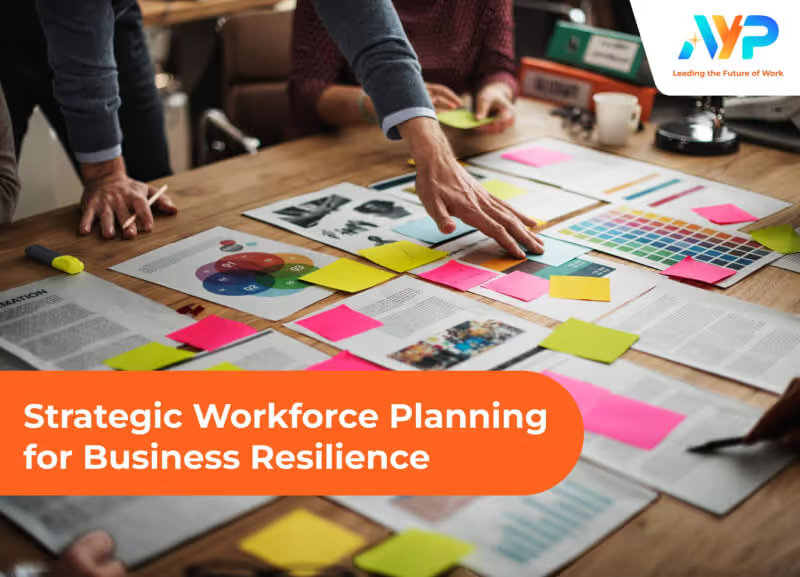BLOG |
HR Insight
Published:
June 20, 2025
Last updated:
June 3, 2025


In today’s fast-paced business world that we live in, the most valuable asset that an organization has is its people. As the world moves towards the beginning of a brand new 2025, it is vital to be aware of the key economic shifts and trends in order to build a high performing and an adaptable workforce – so that your organization maintains a footing to be resilient and thrive in the meandering landscape of the global economy.
The global economic growth is expected to ease and slow from 2.9% this year to 2.6% in 2024; as Reuters news reported that elevated interest rates, higher energy prices and a slowdown in the world’s two largest economies will affect the grow.
The year 2024 in general stands at an important pivotal juncture; it will usher in an economic landscape that is characterized by both opportunities and challenges. With the global economy in a constant state of flux, HR leaders are therefore entrusted with the significant task of navigating their organizations through the turbulent waters of change – making workforce planning an important tool that can spearhead and optimize growth that starts the year right.

A new year can bring about a set of new challenges in the face of changing economic times.
The first of these challenges is talent acquisition in an era marked by fierce competition for skilled professionals. High-growth companies need to attract and retain top tier talent to drive their expansion plans, and this necessitates a deep understanding of the economic landscape. Another challenge on the horizon is compliance.
The global regulatory landscape is constantly evolving – high-growth companies, especially those with global expansion plans, must navigate complex labor laws, immigration regulations, and tax compliance. Last but not least, HR leaders need to develop strategies to maintain operations, preserve employee morale, and ensure the organization's long-term sustainability.
With such challenges on the rise, organizations need to find the right balance and new solutions – especially in workforce planning – to push past the current economic stream for essential business growth and expansion.

The first step to tackle the rising challenges is to have a strategic workforce planning. But what are the strategies that you can adopt for business resilience and to navigate the future economic trends?
In an era marked by economic turbulence, HR leaders are tasked with the complex responsibility of ensuring that their organization's manpower is both resilient and adaptable to various economic outcomes.
Traditional workforce planning is no longer sufficient in the face of evolving economic conditions, making scenario planning an indispensable tool for HR professionals seeking to navigate the unpredictable future.
With scenario planning, an organization's success hinged on the ability to mitigate risks so as to stay agile and resilient during economic shifts.
To thrive, or even survive, in such turbulent times, organizations must priorities workforce resilience. A resilient workforce is defined as one that can withstand economic shocks, adapt to changes, and continue to drive the business forward, even during recessions.
The key to building a resilient team lies in aligning talent with business needs – this will ensure that the workforce can adapt to evolving market conditions, capitalize on opportunities, and in turn, address challenges effectively.
As the working world today shifts from traditional onsite working environments to remote working arrangements, retaining key employees has become the cost-effective and crucial factor for maintaining stability and driving growth, especially during periods of economic uncertainty.
Developing robust talent retention strategies is essential for organizational sustainability and success, such as understanding employee turnover and the role of engagement in ensuring employee retention.
Contact AYP today to learn how our Employer of Record solutions can simplify your hiring process and help you succeed in new markets.